
Orange wines have gone far more mainstream in the past year. Even the more traditionalist vineyards and wineries have extended their vine offering to create this trending style.
Also known as skin-contact wines, orange wines are essentially white wines made like red wines. When making a white wine, the juice is immediately separated from its grape skins. In an orange wine, however, the juice is kept with the white grape skins for anything from a few days to 12 months. It's this process that gives the wine its amber-orangey hue, a more intense flavour and tannins.
However, the best orange wines come with high price tags, with many bottles costing more than £30. The wine is often made in small batches by independent producers who are making waves in progressive winemaking. That said, I’ve found some excellent orange wines that don’t break the bank.
With all that in mind, keep scrolling for my pick of the best orange wines, all of which have been taste-tested and assessed for quality and value for money.
How I tested
I've opened more bottles of orange wine than I care to count. Some helpers and I tasted each wine by itself, with snacks (such as crispbreads or olives) and with heartier evening meals. During testing, I considered the following criteria:
- Taste: From complex and interesting to delicate and approachable vinos, I looked for well-made orange/skin-contact wines that pass the taste test.
- Appearance: Second to taste, I want my wine to look good on the table, so I considered the bottle’s design, too.
- Sustainability: Bonus points went to producers who practice biodiversity viticulture (aka the variety of plants and animals in the vineyard), low-intervention, organic methods on the vines, wild yeasts in wineries and other sustainable methods.
- Value for money: Although orange wines are becoming more mainstream, they are still often pricer than red or white alternatives, so I evaluated whether each bottle was worth its price point.
Why you can trust IndyBest reviews
Emma Henderson is a confessed lover of all things food and drink. She was the editor of IndyEats, The Independent’s monthly digital food magazine, and was twice shortlisted for “best food magazine” at the Guild of Food Writers Awards. She’s sampled everything from Michelin-recommended menus to the best olive oils and supermarket sourdoughs, so she knows exactly what is worth savouring. When it comes to orange wines, she’s taste-tested the good, the bad and the questionable to bring you her pick of the bunch.
The best orange wines for 2025 are:
- Best overall – Tillingham ‘ortega’ orange wine: £35, Delli.market
- Best budget buy – Lyrarakis Assyrtiko-Vidiano orange wine Crete 2023/24: £13.50, Majestic.co.uk
- Best sparkling – Saddle Goose orange bacchus brut nature, 2023: £29, Saddlegoose.co.uk
- Best boxed option – Ultra Violet 2024 skin contact wine: £49, Bobowines.co.uk
- Best house wine – Top Cuvée house orange wine: £21.99, Amazon.co.uk
14 best supermarket wines, chosen by experts and sommeliers
Sommeliers and wine experts reveal the best Whispering Angel rosé alternatives
Best rosé wines for every palate, tasted-tested
Best wine deals to shop in August, from supermarket offers to vegan bottles
Best boxed wines that are affordable, eco-friendly and delicious
Tillingham ortega orange wine
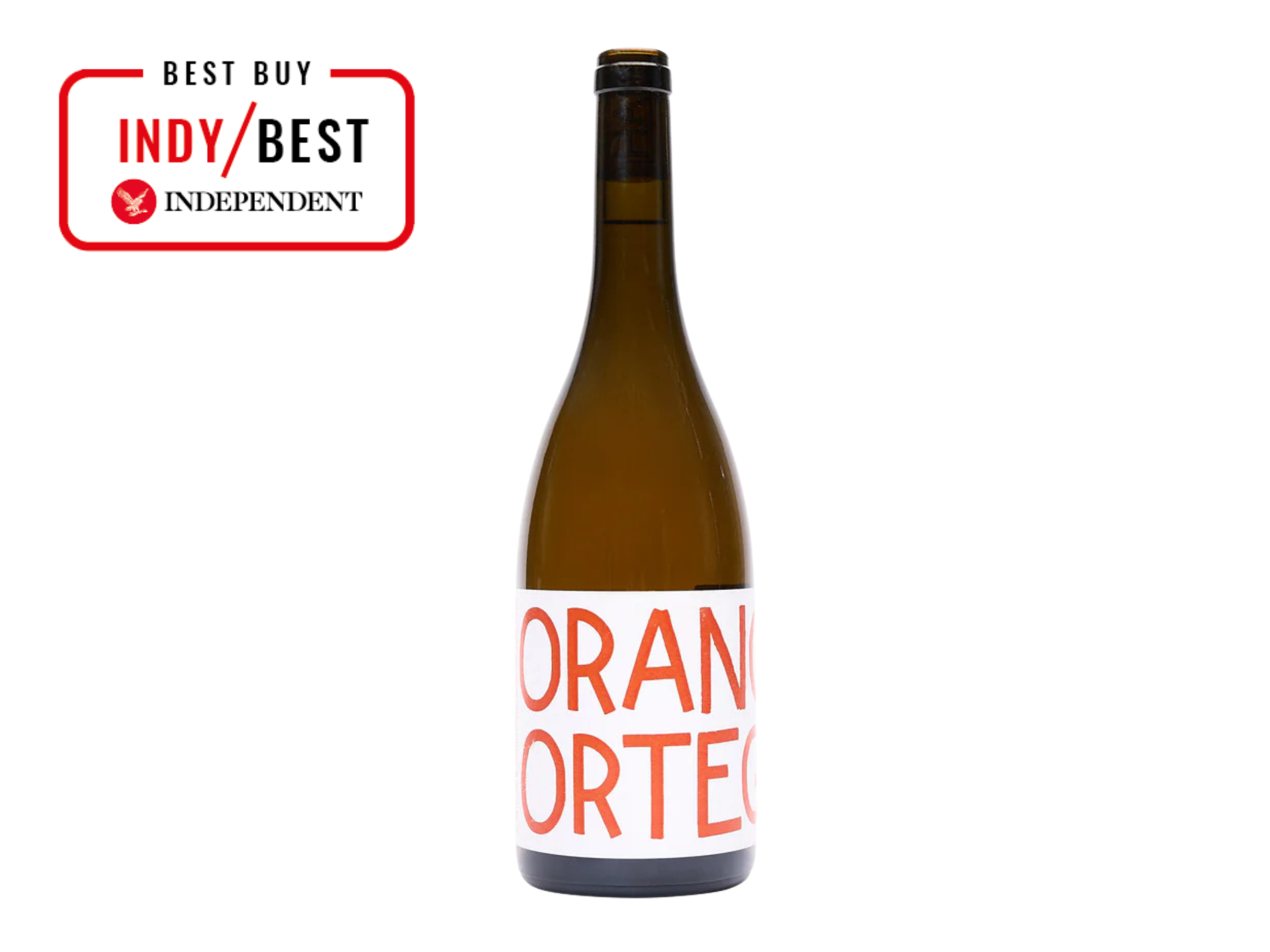
Best: Orange wine overall
ABV: 10.4%
Region: Rye, England
Biodynamic: Yes
Organic: Yes, but not certified
Vintage: Unspecified
Thanks to co-founder Ben Walgate's experimental approach, Tillingham vineyard in Rye, East Sussex, has played a key role in putting more natural wines at the forefront of English winemaking, and the vineyard's orange ortega wine is part of that movement. Ortega grapes originated in Germany but are slowly becoming a more common grape variety to grow here in the UK, too.
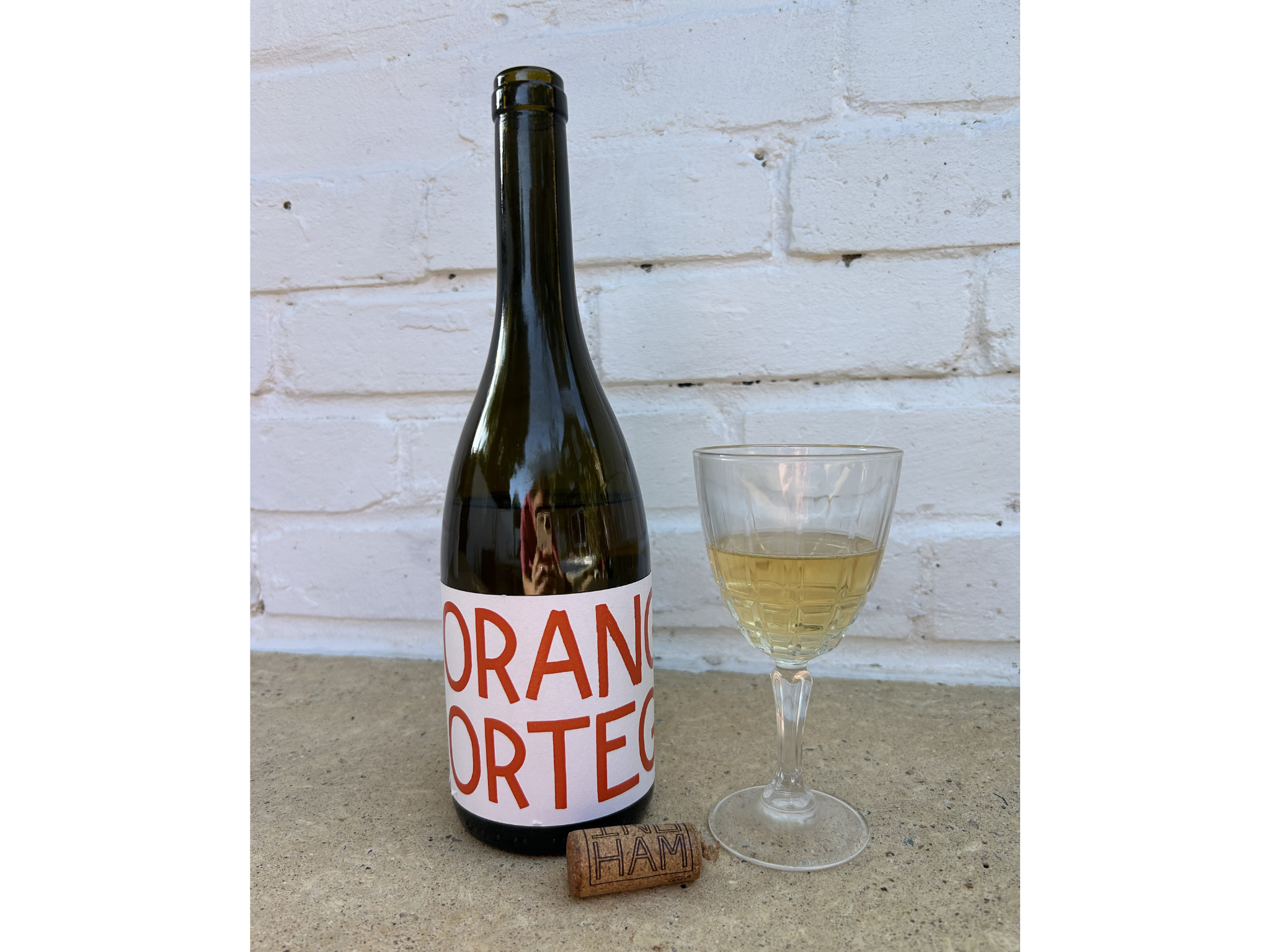
This wine boasts delicious savouriness that is calling out to accompany snacks such as super briny olives and anchovies. The wine has a nice orangey hue to it, but it's the flavour and soft, grippy mouthfeel, with a slight minerality, that had me coming back for more.
This fully bodied wine is macerated on skins for 10 days, after which the skins are removed and the juice moved to stainless steel tanks. After five months, the juice and skins are brought back together and blended, without filtering or fining. On the nose, there are hints of marmalade, ginger and plenty of vanilla, which also comes through on the palate, along with notes of stone fruit and a little hint of spice such as star anise.
Buy now £35.00, Delli.market
Lyrarakis assyrtiko-vidiano orange wine
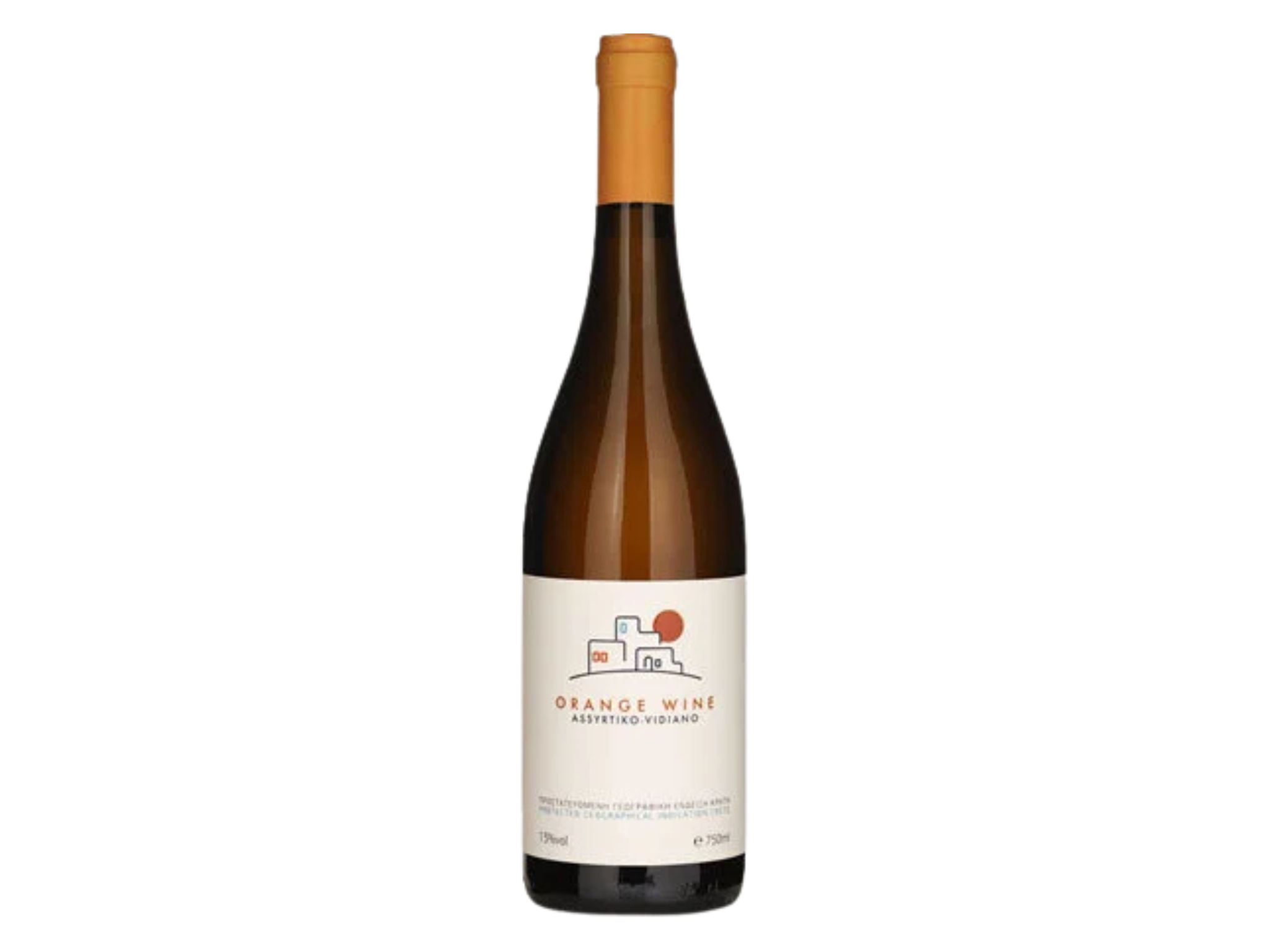
Best: Budget orange wine
ABV: 13%
Region: Crete, Greece
Biodynamic: No
Organic: No
Vintage: 2023/24
The only Greek wine in this lineup, this bottle is a welcome addition. The wine has a lovely deep amber hue that's almost honey-coloured, while the taste is savoury and complex, with a little dose of salinity. This makes it great for pairing with hard cheeses that have fairly big flavour profiles.
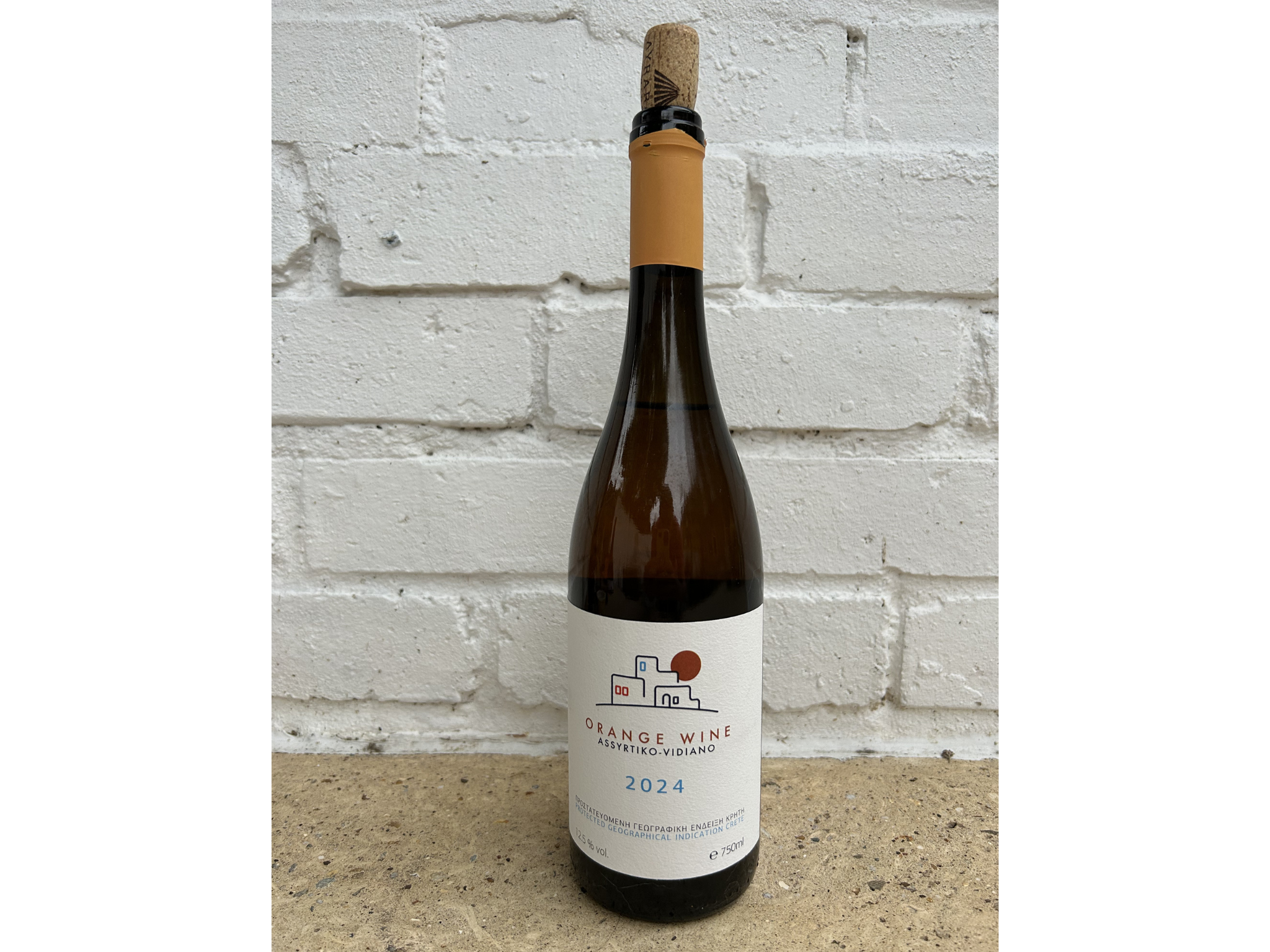
Made with a 50-50 blend of assyrtiko and vidiano grapes, from an area with Protected Geographical Indication status in Crete, the grapes are macerated for seven days. After fermentation, the grapes spend five months in concrete tanks, which encourages the flavour to develop and results in a silky, moreish wine.
Buy now £13.50, Majestic.co.uk
Saddle Goose orange bacchus brut nature, 2023

Best: Sparkling orange wine
ABV: 10%
Region: Kent, England
Biodynamic: Unspecified
Organic: No
Vintage: Unspecified
This is one of the most exciting orange wines I've tried this year. Made in Somerset with fruits from Kent, the wine looks more like a fine cider or apple juice than a wine – it's wonderfully hazy and limey yellow in colour.
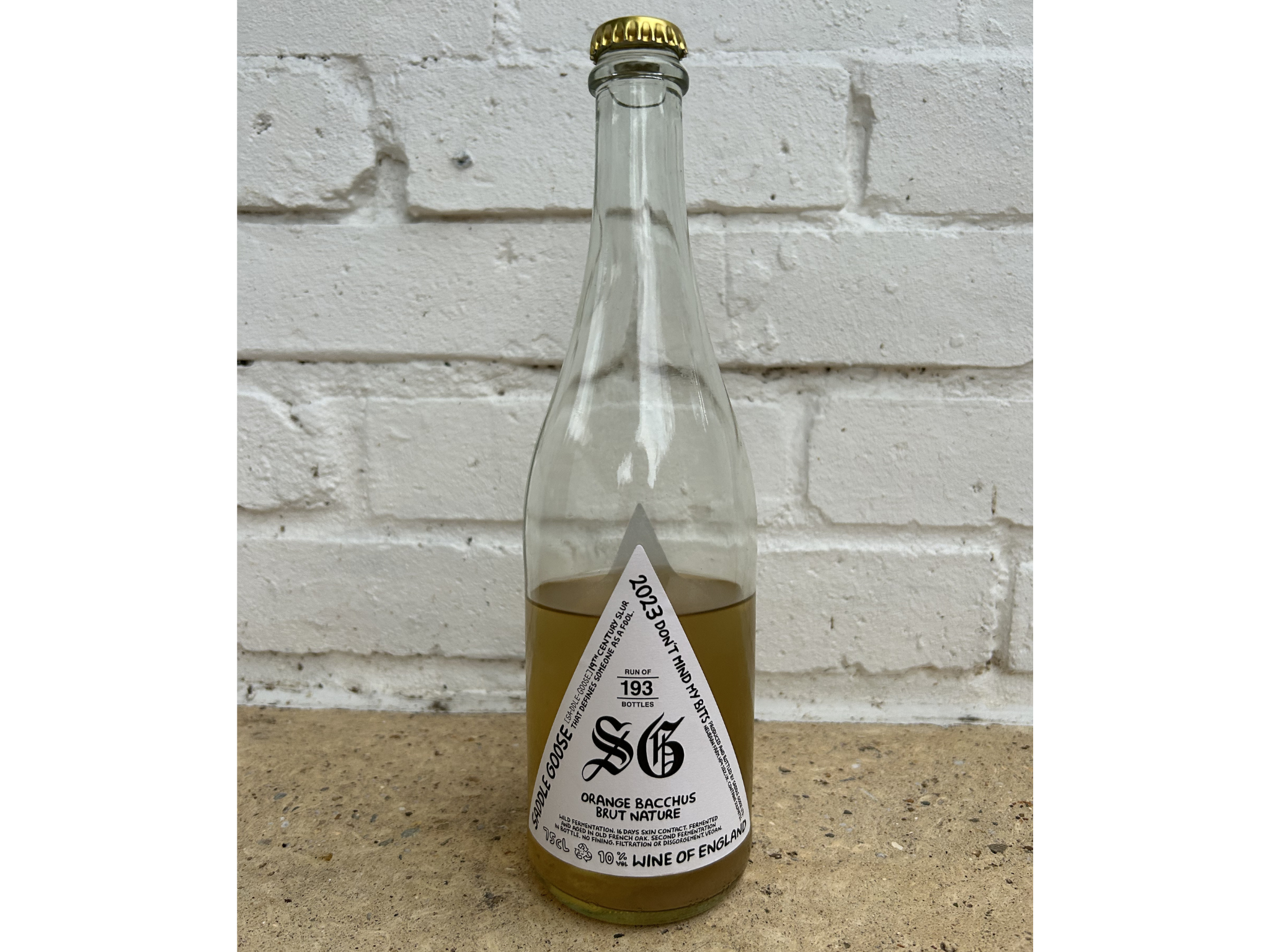
It's been made with a wild fermentation (using native yeasts found on the fruit and in the vineyard), had 16 days skin contact and been fermented and aged in old French oak, with a second fermentation in the bottle (known as the Col Fondo method, which is how traditional prosecco used to be made). The wine hasn't been filtered, fined or disgorged, a process that removes the sediment of the yeast. It has a lovely, effective fizz to it, with delicious notes of peach, lemon and apple.
Buy now £29.00, Saddlegoose.co.uk
Trevibban Mill orion skin fermented wine
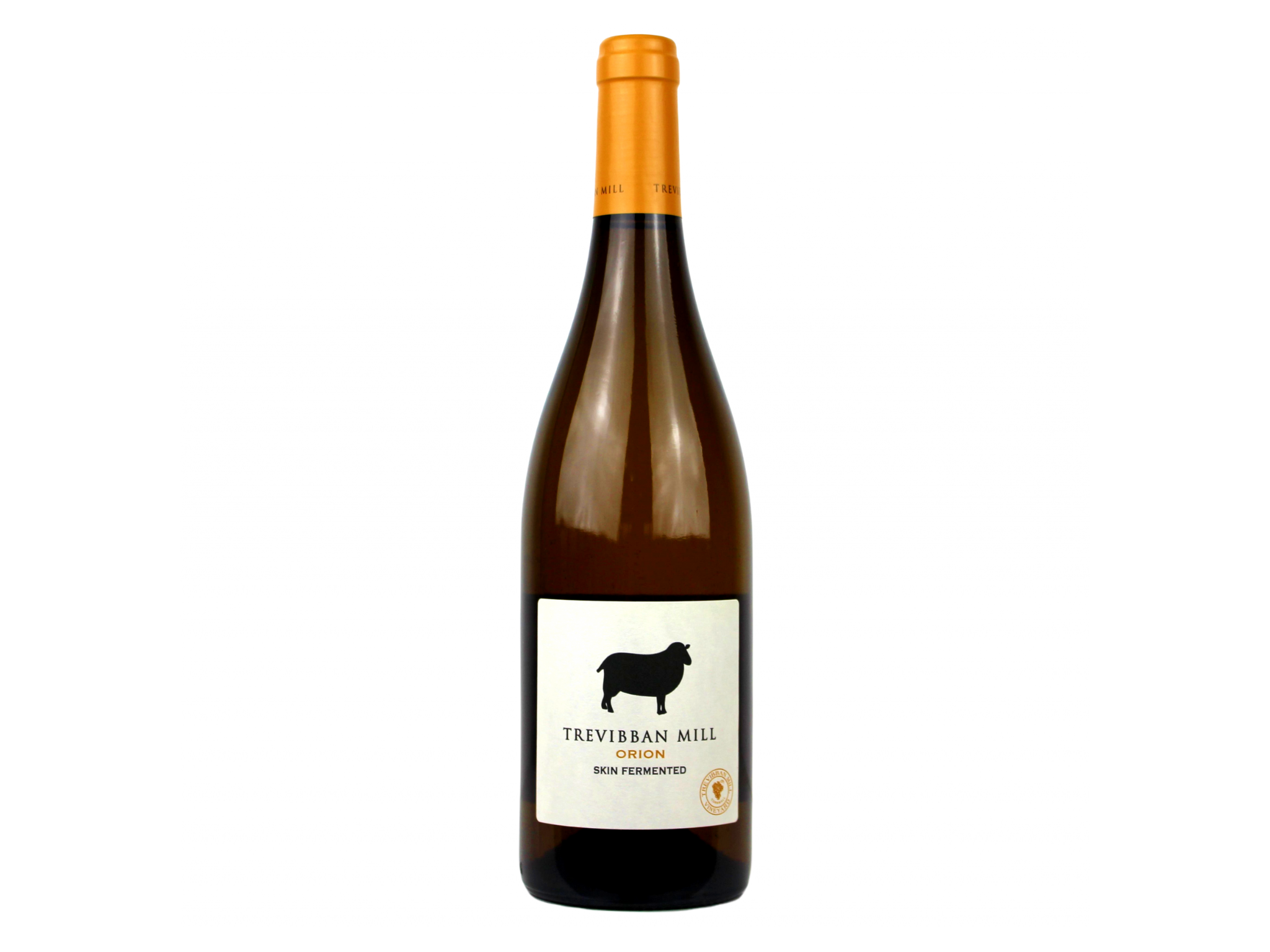
Best: Orange wine from Cornwall
ABV: 11%
Region: Cornwall, England
Biodynamic: Unspecified
Organic: Yes
Vintage: 2024
There's a lovely light orange hue to this wine from family-run vineyard Trevibban Mill, which produces small batches of quality wines on the north Cornish coast. Most of the vineyard is certified organic by the Soil Association and the team is working to improve biodiversity at the site.
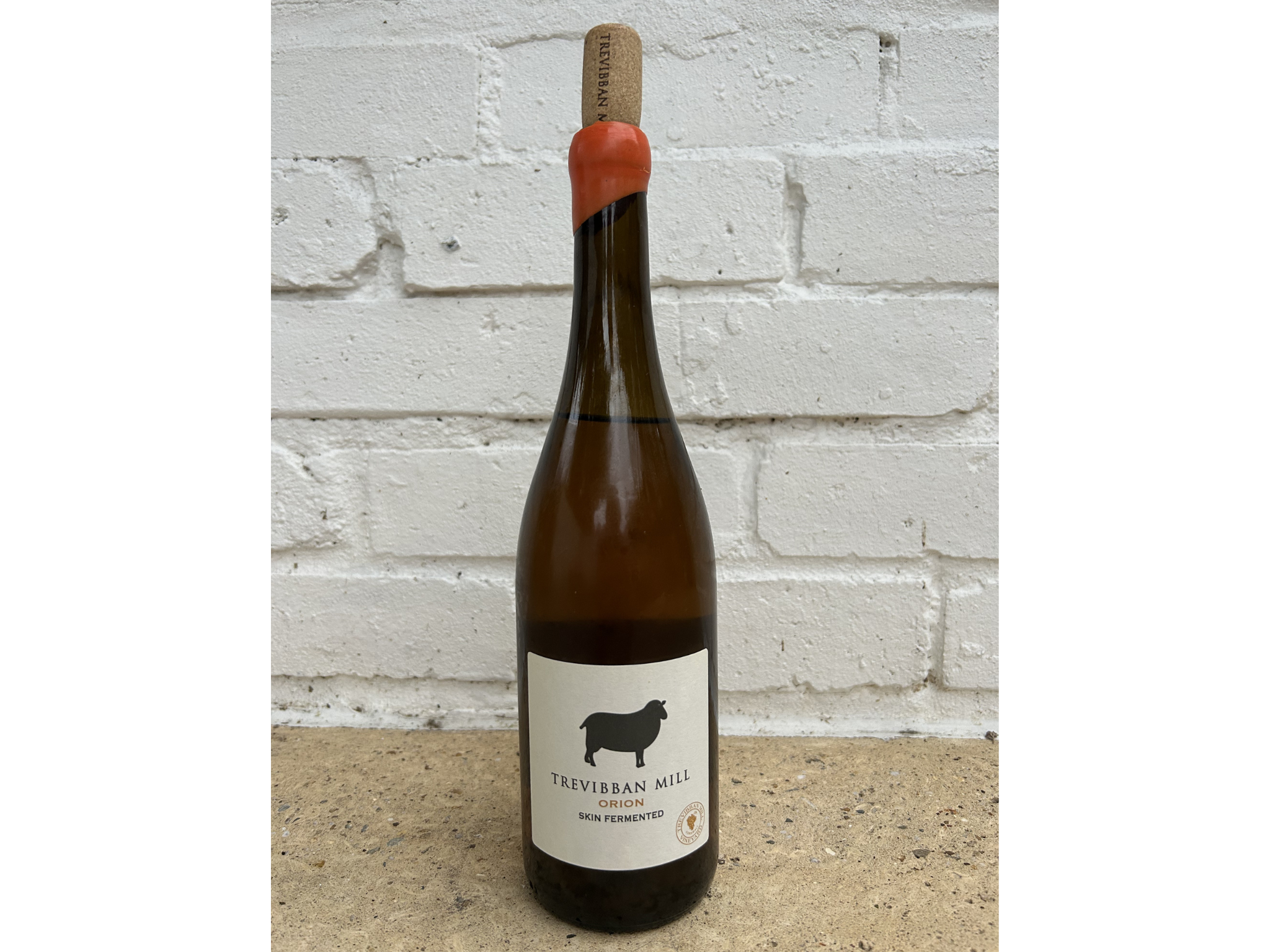
Made from 50 per cent solaris and 50 per cent reichensteiner grapes that have been hand-harvested, this is a complex wine with delicate tannins. On the nose, it has aromas of orange peel and a little sweetness akin to honeysuckle. On the palate, it's all about the stone fruits and finishes with a wonderful dry savouriness that's unlike any other orange wine I've tested.
Buy now £34.95, Trevibbanmill.com
Sandridge Barton don't feed the ponies little bee
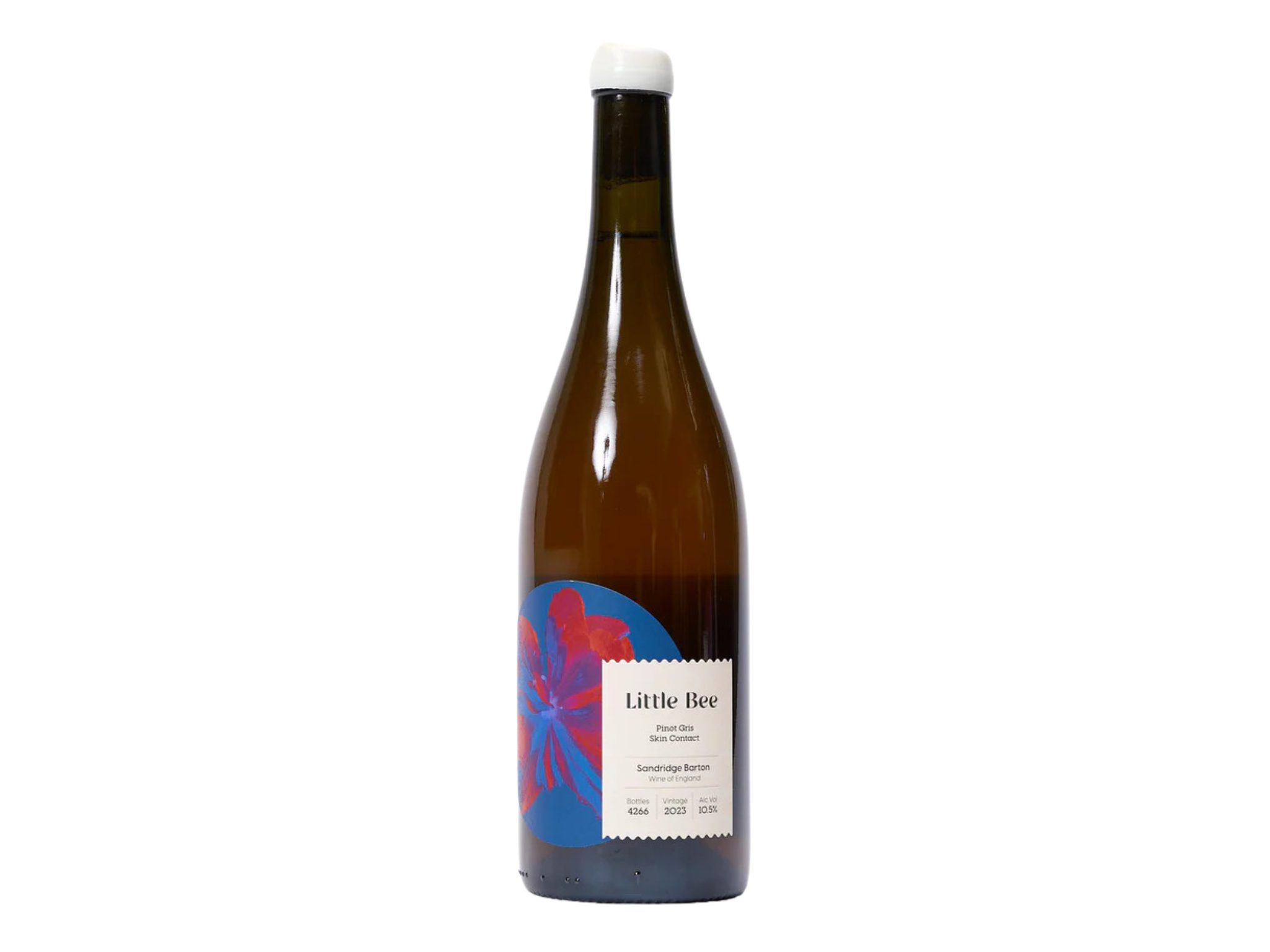
Best: Drinkable orange wine
ABV: 10.5%
Region: Devon, England
Biodynamic: Unspecified
Organic: Not certified
Vintage: 2023
The endearingly named ‘don't feed the ponies’ range is one of my favourite natural wine arms at the moment, with an exciting array of fantastic wines that are as exciting as they are drinkable.
The first of its two skin-contact wines listed here is the sweetly named ‘little bee’. Each of the natural wines in the range is named after hills on Dartmoor in Devon, and 25p from the sale of every bottle in the range goes to the Dartmoor Preservation Association.

It has a pale, almost peachy hue, with a slight cloudiness to it (none of the wines in this range are filtered). Made entirely from pinot gris grapes, it's had 16 days of skin contact and boasts grapefruit aromas. Taste-wise, it’s fruity with notes of apricot, and has a little sharpness and sourness like plum.
Buy now £24.00, Delli.market
Giornata orangotango
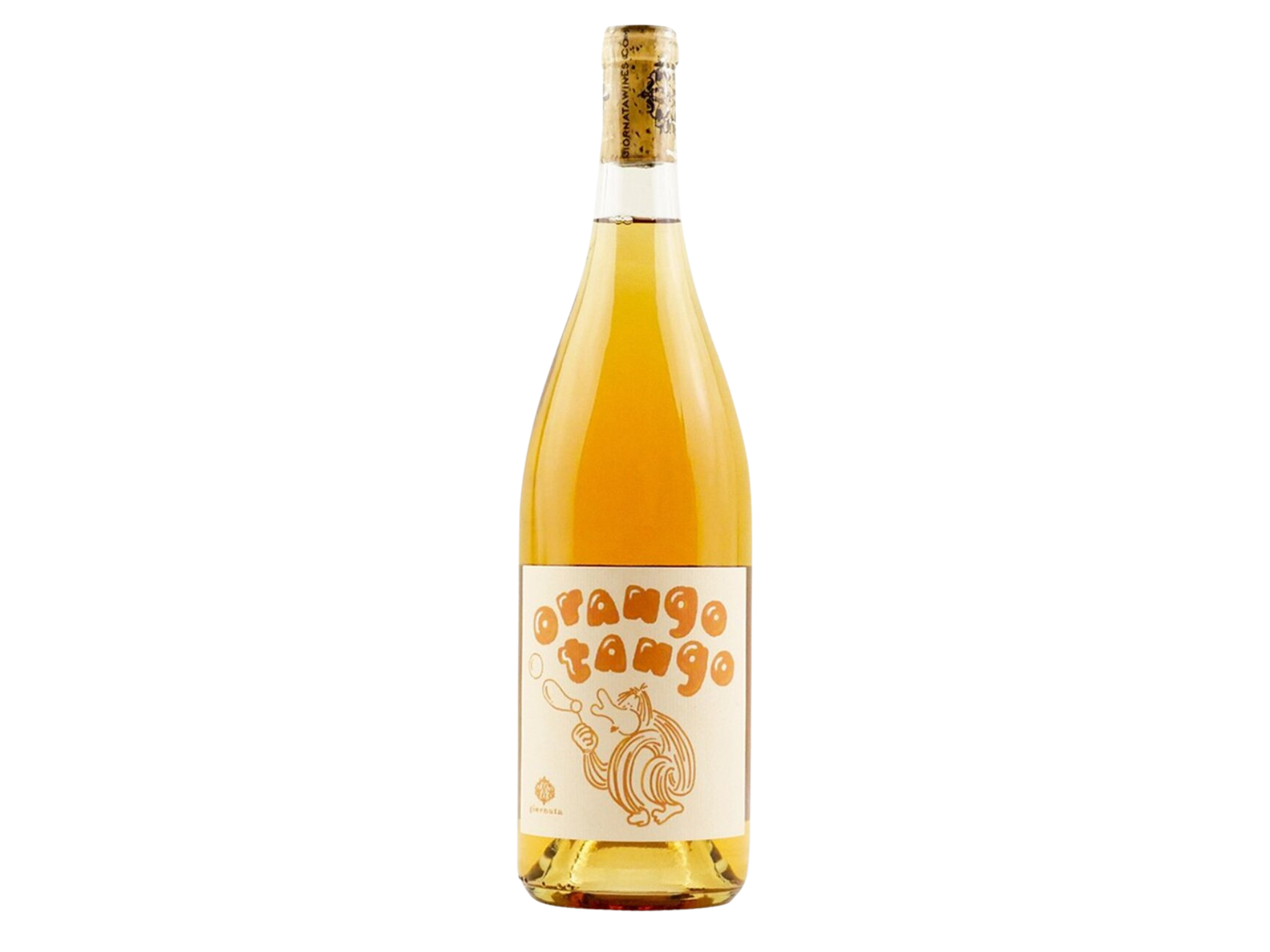
Best: Entry-level orange wine
ABV: 12.5%
Region: California, USA
Biodynamic: No
Organic: No
Vintage: 2023
Don't let the name put you off this wine – it's very far removed from a corner shop can of Tango. Instead, it's a wonderfully intense amber colour made with a natural yeast and a blend of white Italian grapes (this vintage includes falanghina, vermentino and fiano grapes) grown in the Paso Robles region of California. After being fermented on the skins for between two to three weeks, the wine has a 'gentle' filtration before bottling.

It's a very fruit-forward wine, which is evident on the nose and the palate. It has aromas of gooseberry and mango, with a slight sweetness on the palate, too, with a hint of marzipan. It isn't big and bold (or the most exciting), but it is very easy drinking, and a great introduction into the orange wine category.
Buy now £25.00, Ocado.com
Westwell ortega skin contact
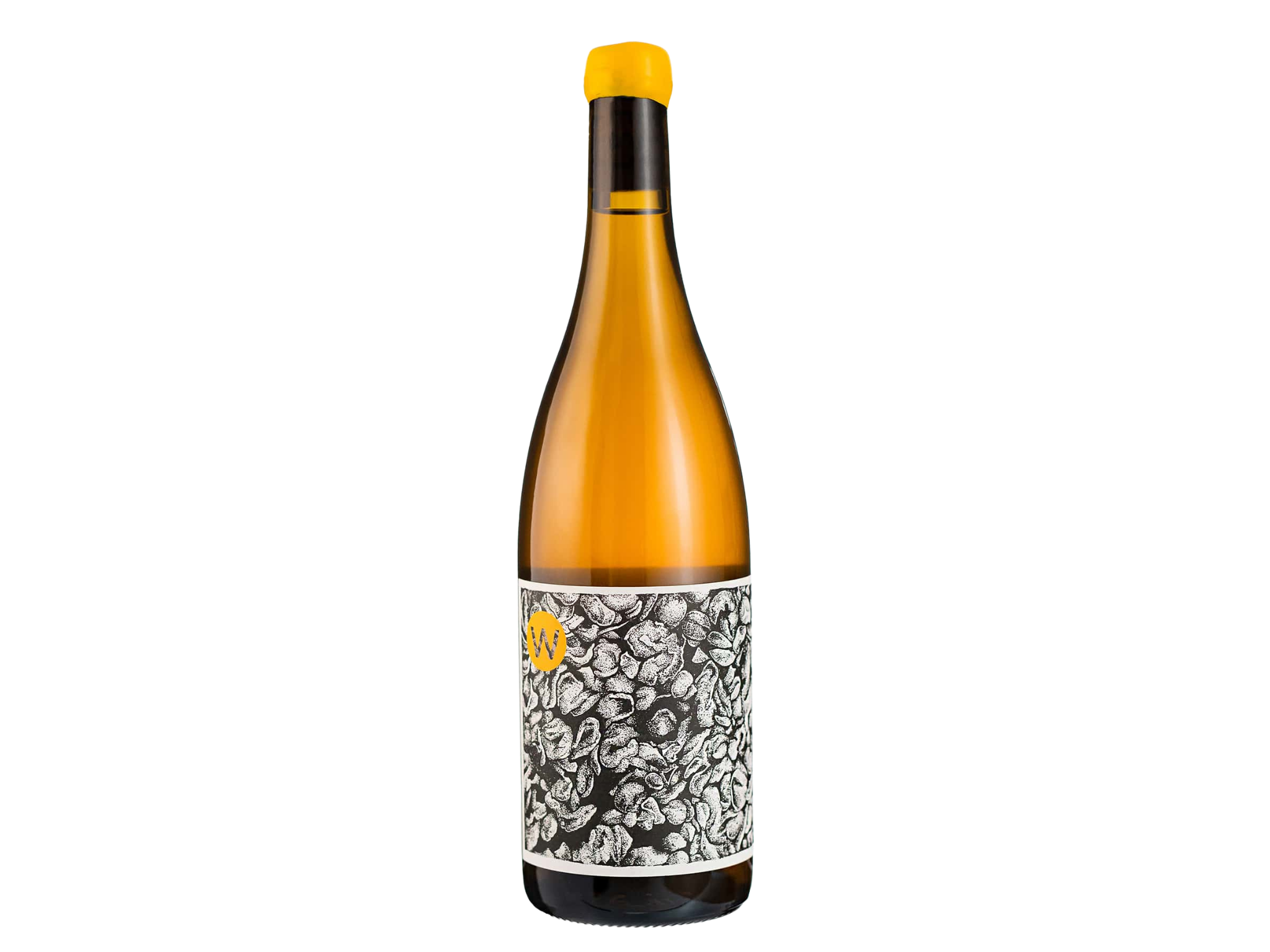
Best: Orange wine from Kent
ABV: 10.5%
Region: Kent, England
Biodynamic: Unspecified
Organic: No
Vintage: 2023
Another ortega wine, this bottle hails from family-run vineyard Westwell, which is also known for its experimental approach to winemaking. Though not certified, the vineyard follows organic methods and promotes biodiversity, and is best known for its pét nat and skin-contact wines.

This one has a lovely blush hue, with aromas of orange blossom and citric notes. Heavy on stone fruit on the palate, it's unfiltered, yet it's still quite a clear wine.
Buy now £27.00, Westwellwines.com
New Theory white lies
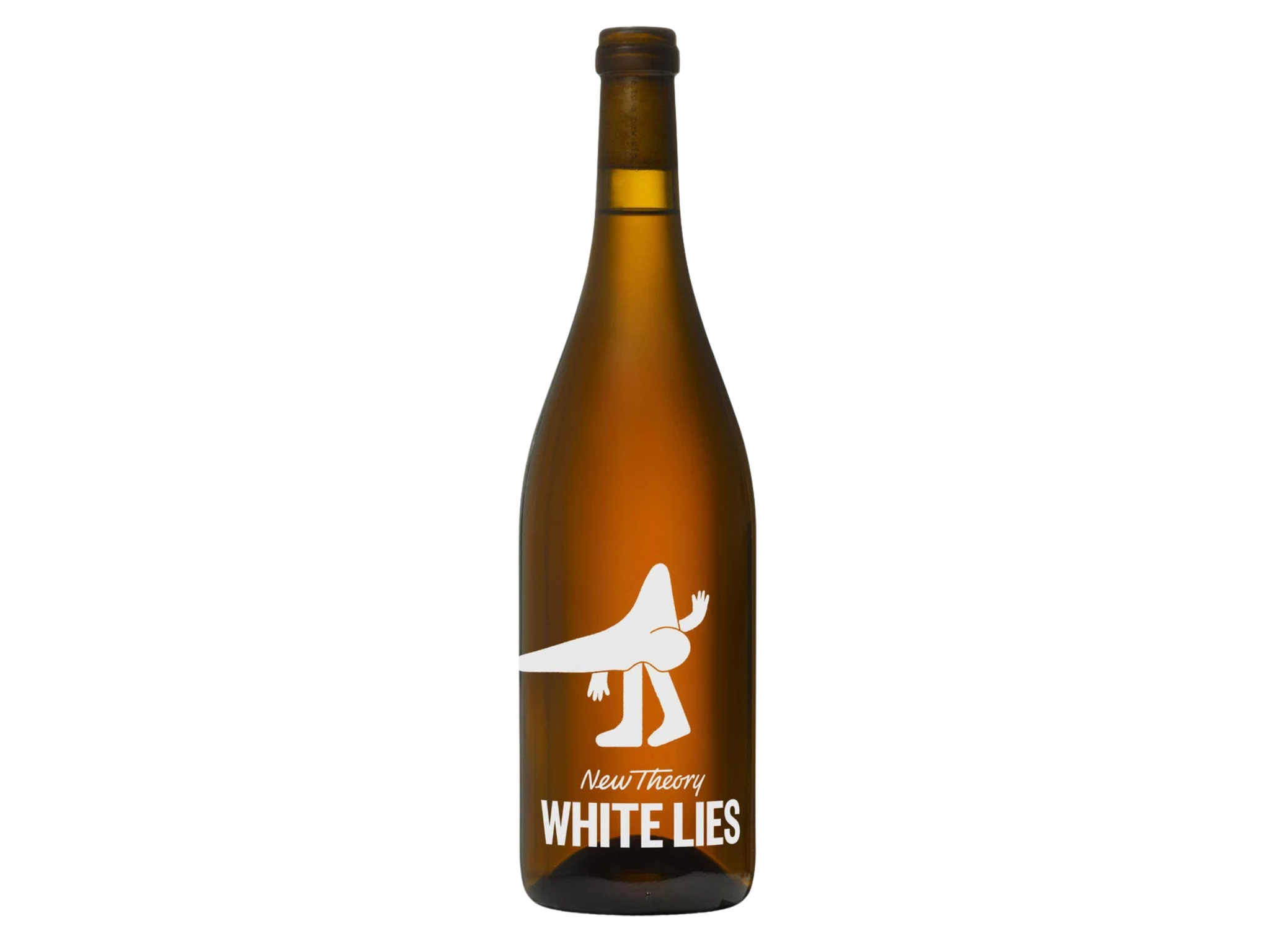
Best: Low-skin-contact orange wine
ABV: 12.5%
Region: Stellenbosch, South Africa
Biodynamic: No
Organic: No
Vintage: 2023
Founded by brothers Charlie and Thom Bradley, New Theory works with South African winemakers to create skin-contact and low-intervention wines. This wine is made with pinot gris grapes grown in granite-heavy soils near False Bay, just below Cape Town.
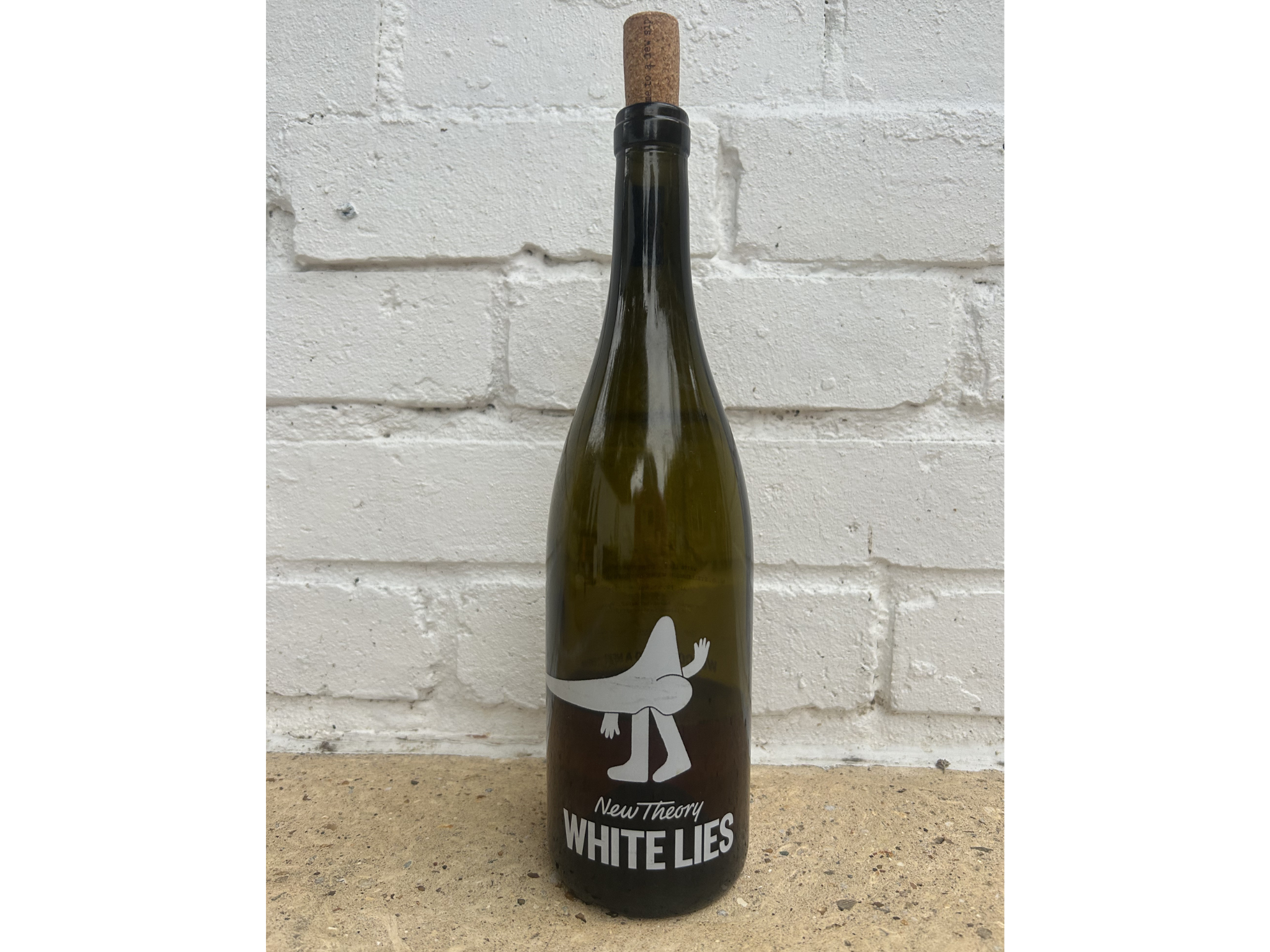
The grapes are hand-harvested and have just four days of skin contact. The result has plenty of ripe fruity notes, such as peach and grapefruit, along with white flowers and lots of salinity and low tannins. This makes it a great accompaniment to white fish.
Buy now £16.50, Ocado.com
Top Cuvée house wine, orange
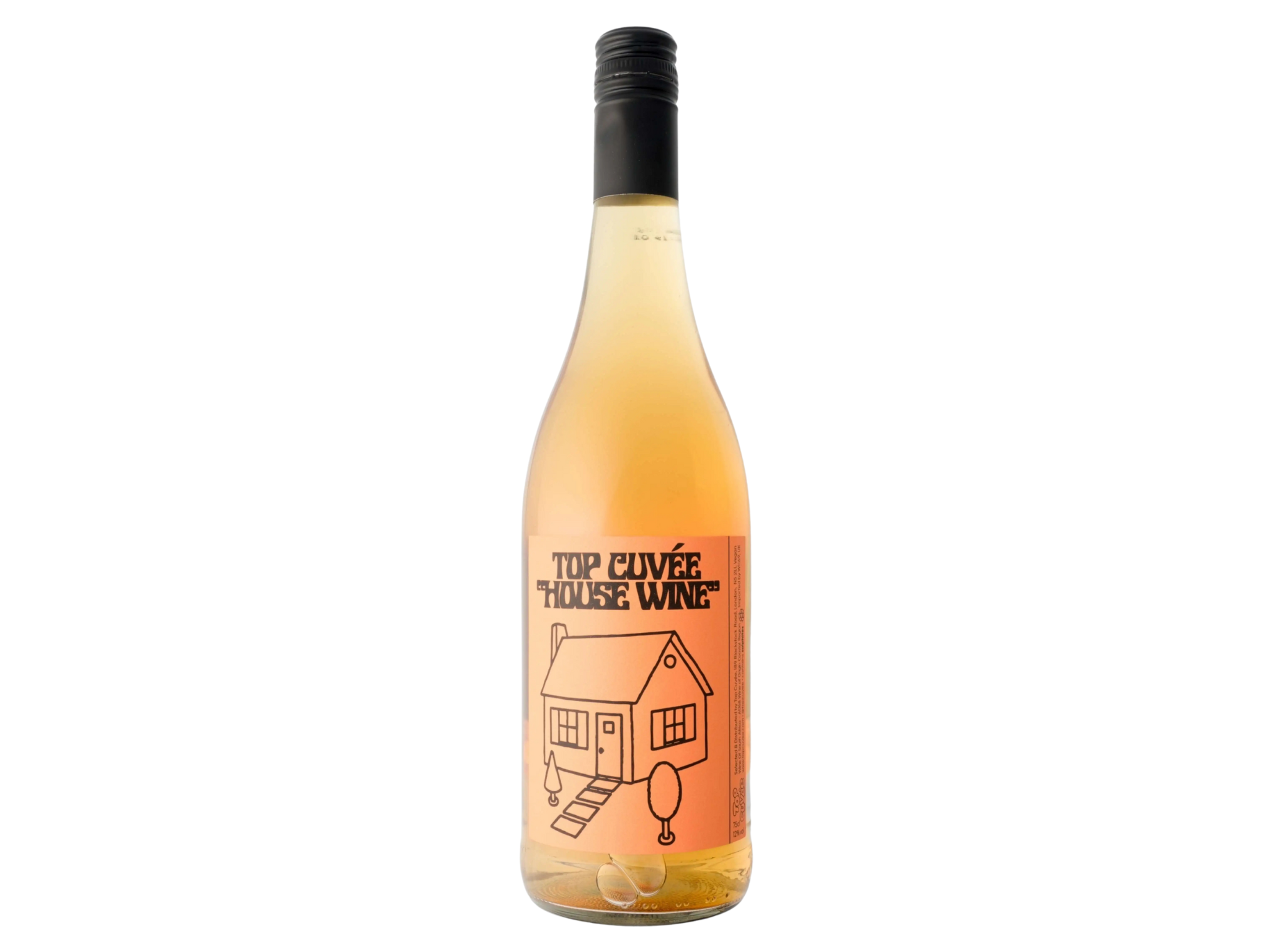
Best: House orange wine
ABV: 12.5%
Region: Paarl, South Africa
Biodynamic: No
Organic: Not certified
Vintage: 2023
A decent wine for the price, this is another good entry-level option for those new to orange and skin-contact wines. It hails from Top Cuvée, a London restaurant that almost became a byword for serving natural wine and small plates, which has branched out into making its own wine.
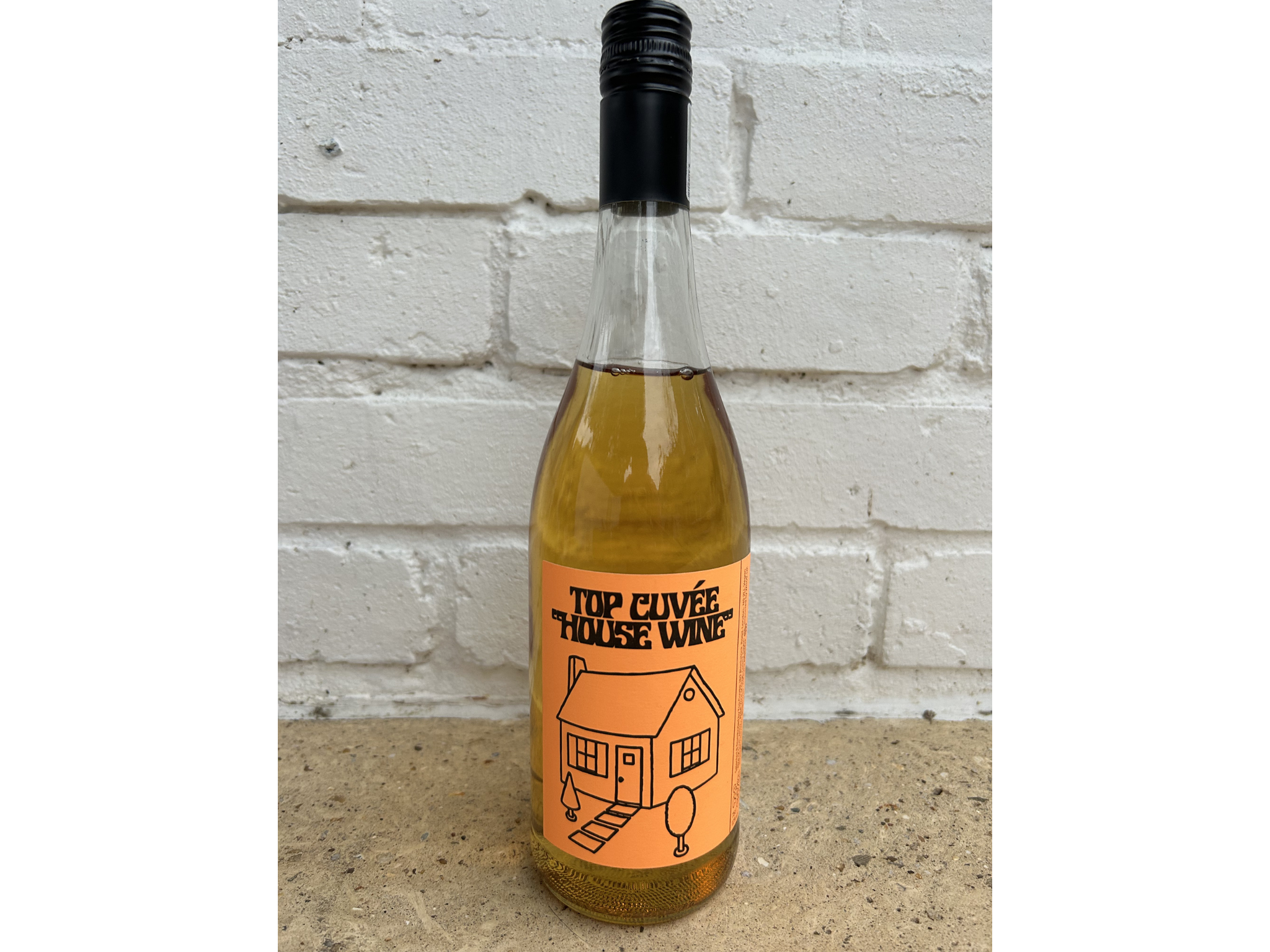
Working with wine producers in South Africa, this wine is made from sémillon grapes sourced from Paarl on the Western Cape. In the glass, it looks much more like a heavy-bodied white wine. There are notes of stone fruits, such as peach and apricot, and a little hay-like quality to it, which finishes with a slight minerality. I love that you can buy 1.5l refill bags, too.
Buy now £21.99, Amazon.co.uk
Bolney Wine Estate winemaker's edition orange vol 2
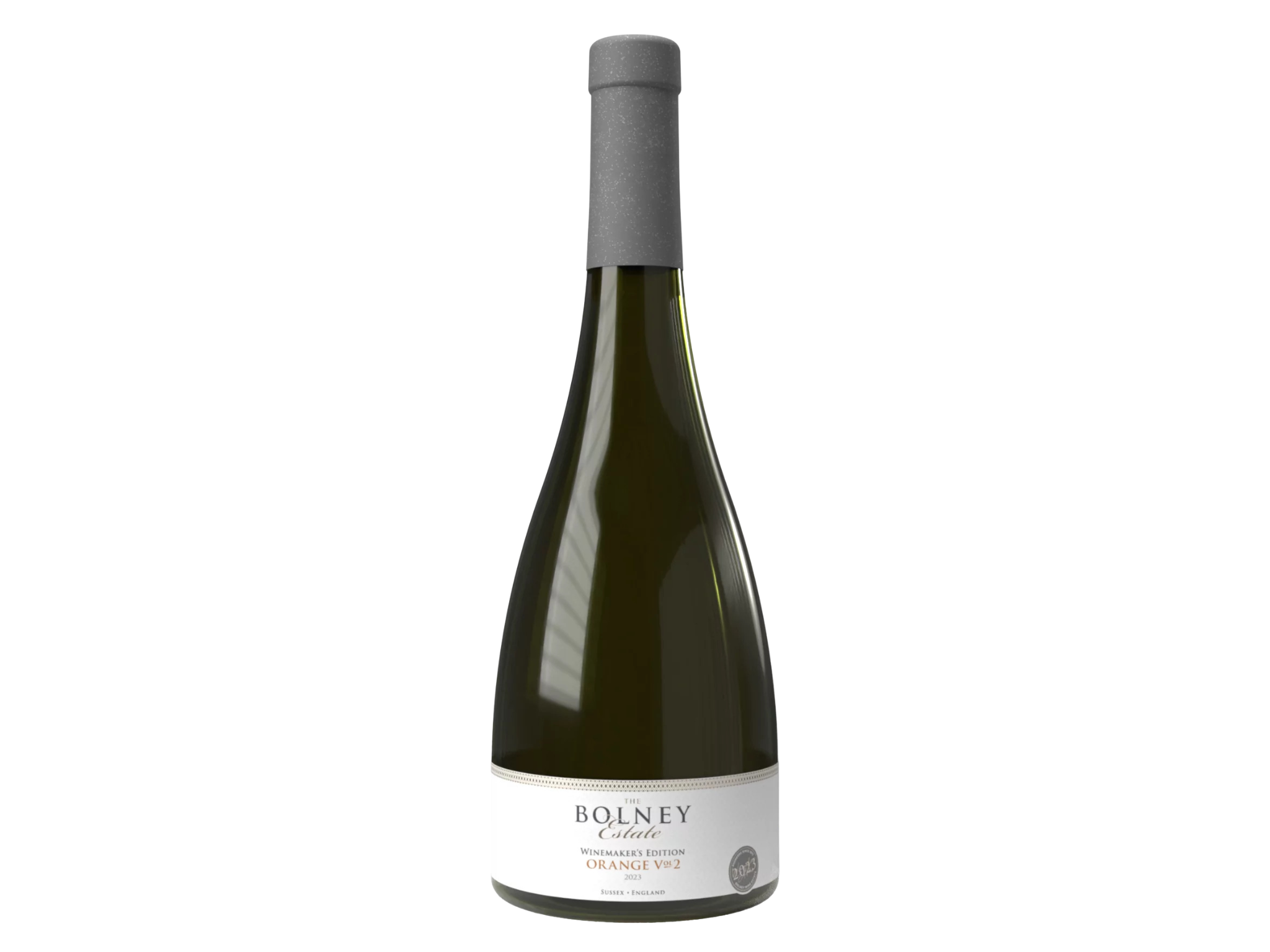
Best: Chalky terroir orange wine
ABV: 10%
Region: West Sussex, England
Biodynamic: No
Organic: No
Vintage: 2023
Even one of the UK's oldest commercial vineyards is now making orange wine. Set in West Sussex, Bolney has the same type of chalky soils as the Champagne region in France and so has been turning out quality, award-winning wines for some time.
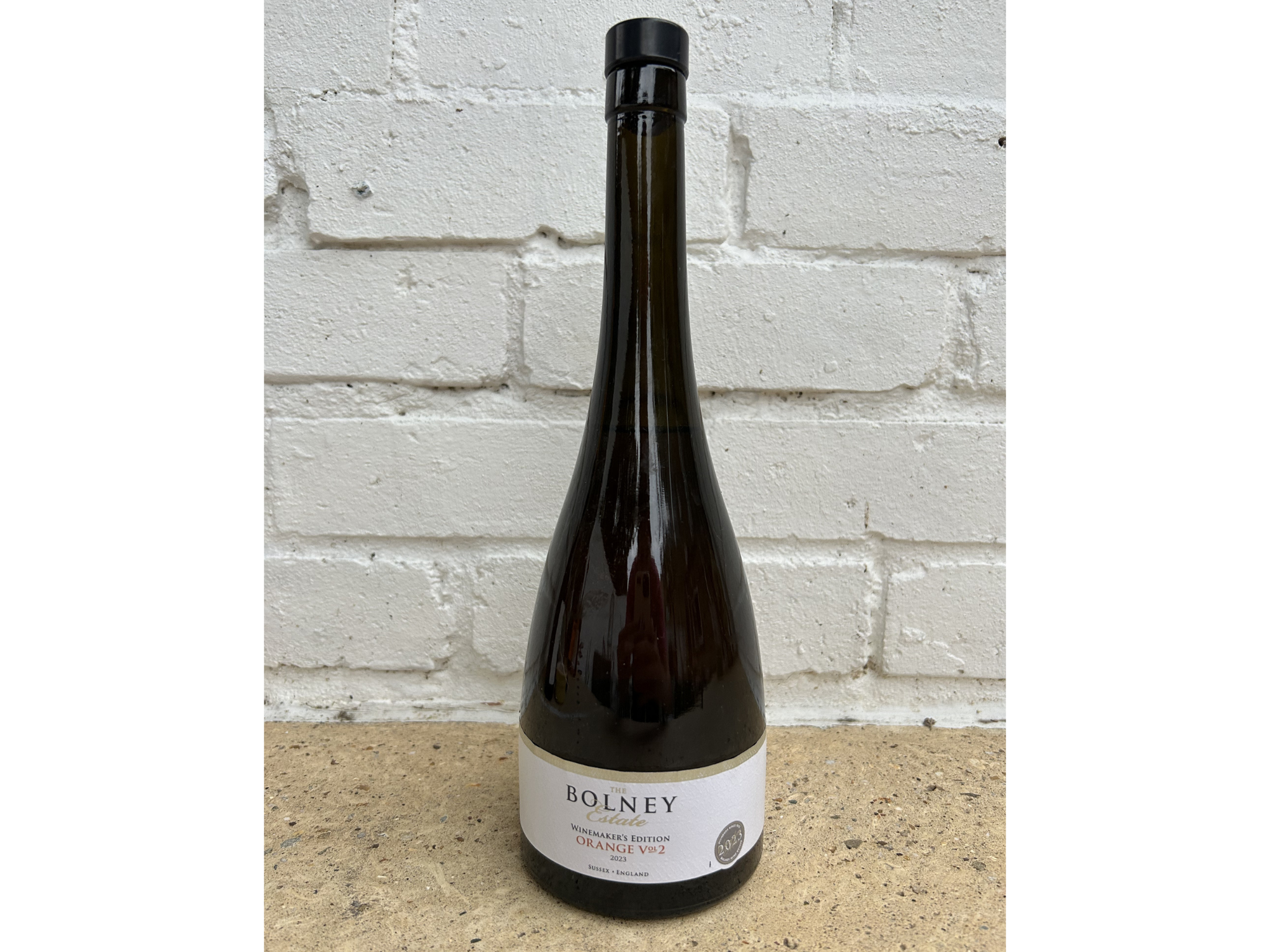
The vol 2 orange wine has a lovely deep amber colour, while the taste is complex and deliciously savoury, with notes of melon and honeysuckle on the nose. There’s a slight nuttiness and creaminess that can withstand big flavours, from Indian dal to Thai noodle dishes.
Buy now £30.00, Bolneywineestate.com
Renegade Urban Winery 'araceli' skin contact pinot grigio ramato
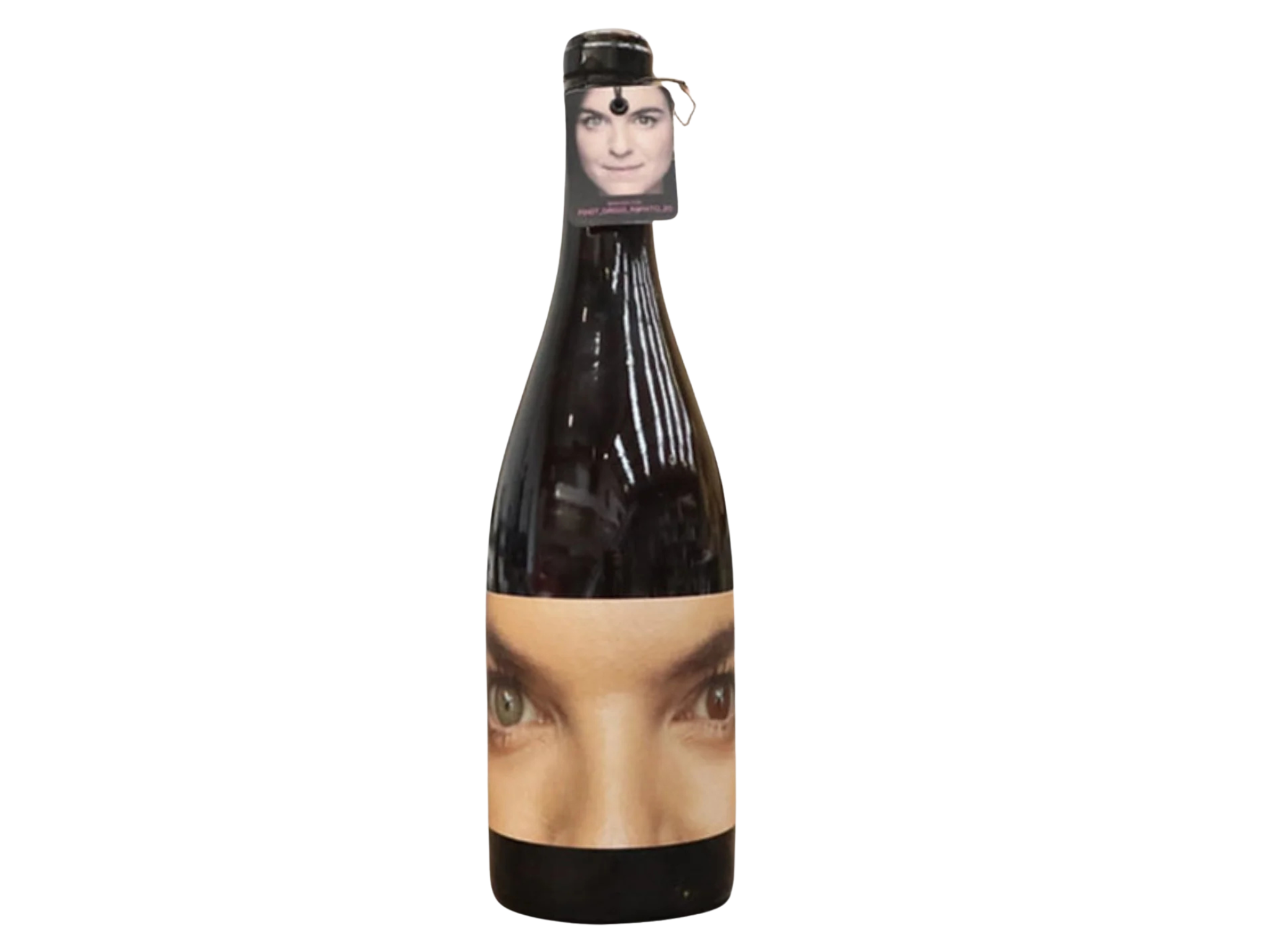
Best: Classic orange wine with a twist
ABV: 12%
Region: Pfalz, Germany
Biodynamic: No
Organic: Yes
Vintage: 2022
As its name might suggest, Renegade produces classic wines with a big twist. If you're a fan of pinot grigio, this isn't the kind you'll be used to – the colour is closer to a pint of bitter, for one thing. The labels celebrate Londoners, and anyone can apply to have their face on a bottle.
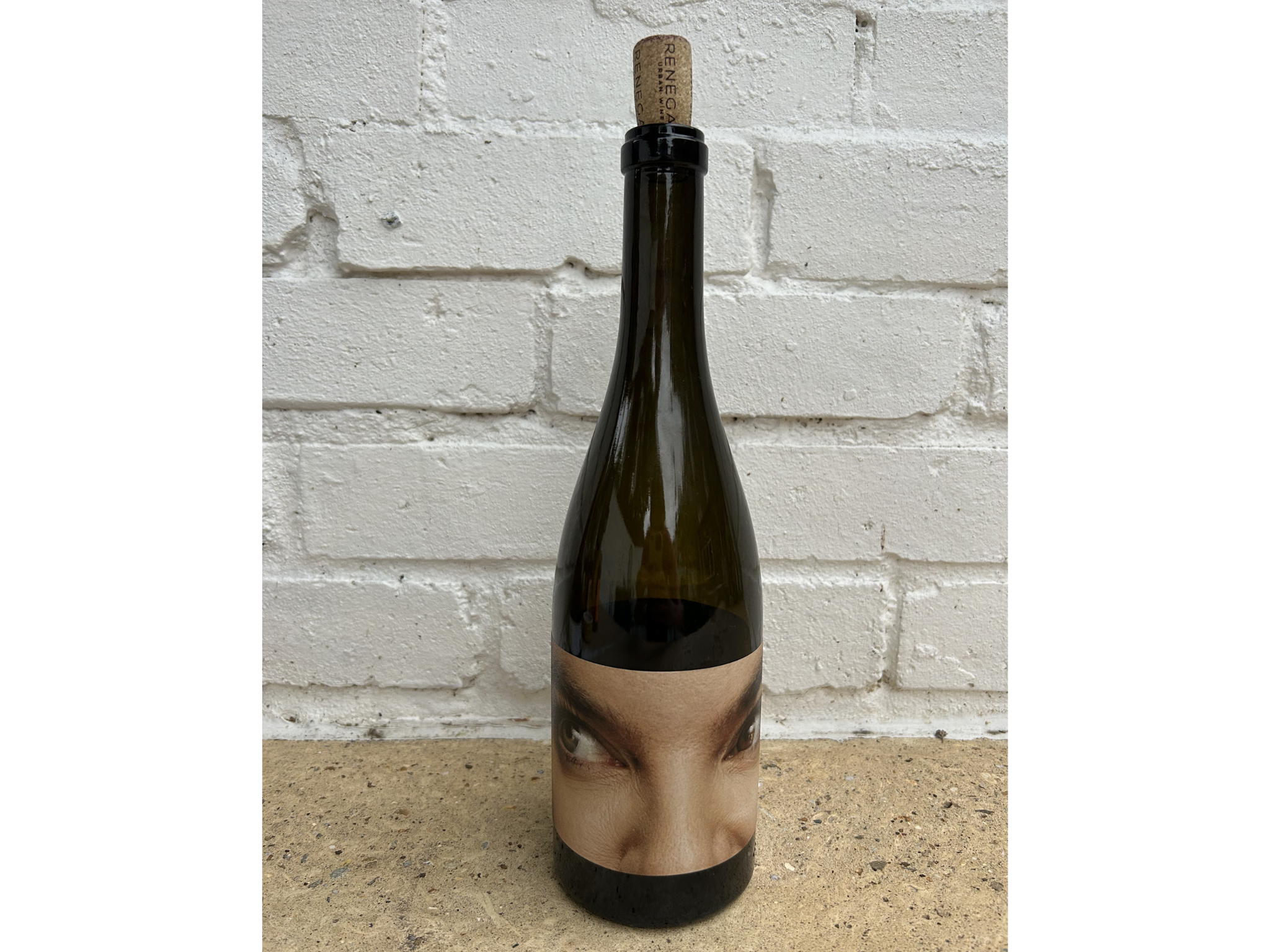
The grapes are grown in Germany's Pfalz region, then harvested by hand and turned into wine in the London-based winery. This vino is big on flavour, with notes of cherry, a hint of creamy vanilla, along with an unexpected strawberry sweetness and light tannins.
Fermented using wild yeast and on the skins for one week, it has spent a little time ageing in new French oak (but isn't particularly oaky tasting), but has mostly been aged in stainless steel tanks, giving it a cleaner taste.
Buy now £27.00, Renegadelondonwine.com
Bobo ultra violet skin contact wine
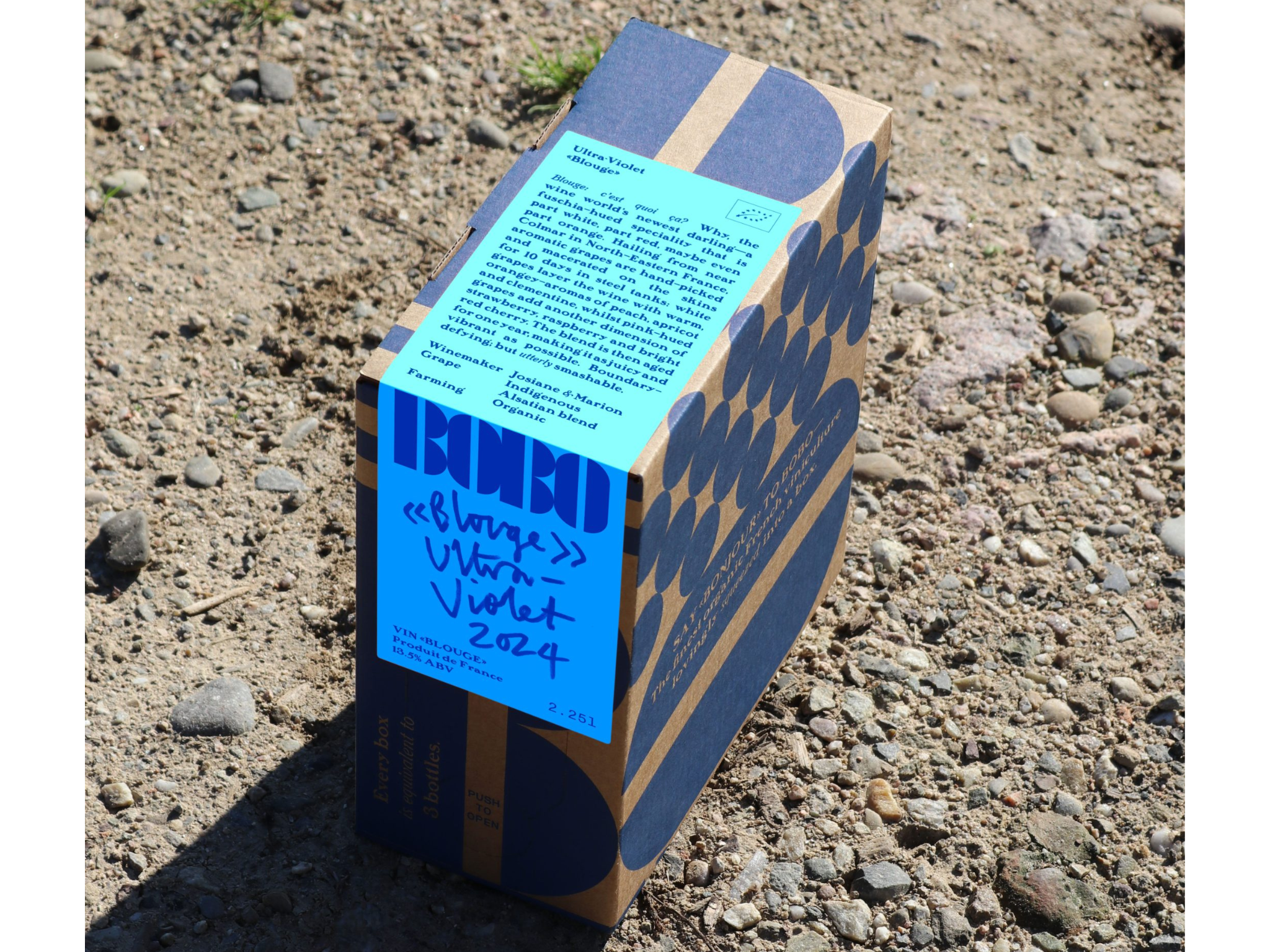
Best: Boxed orange wine
ABV: 13.5%
Region: Alsace, France
Biodynamic: No
Organic: Yes
Vintage: 2024
This is the only French wine in this lineup. Made in Alsace, it’s the only boxed wine here, too. It’s a blend of grapes: 70 per cent pinot gris and 30 per cent gewurztraminer, which have been hand-picked and macerated on the skins for 10 days in steel tanks. It's one of the darkest amber wines I've tried, with a slight cloudiness to its appearance. On the nose, there are hints of fruity peachiness with plenty of cherry flavour on the palate.
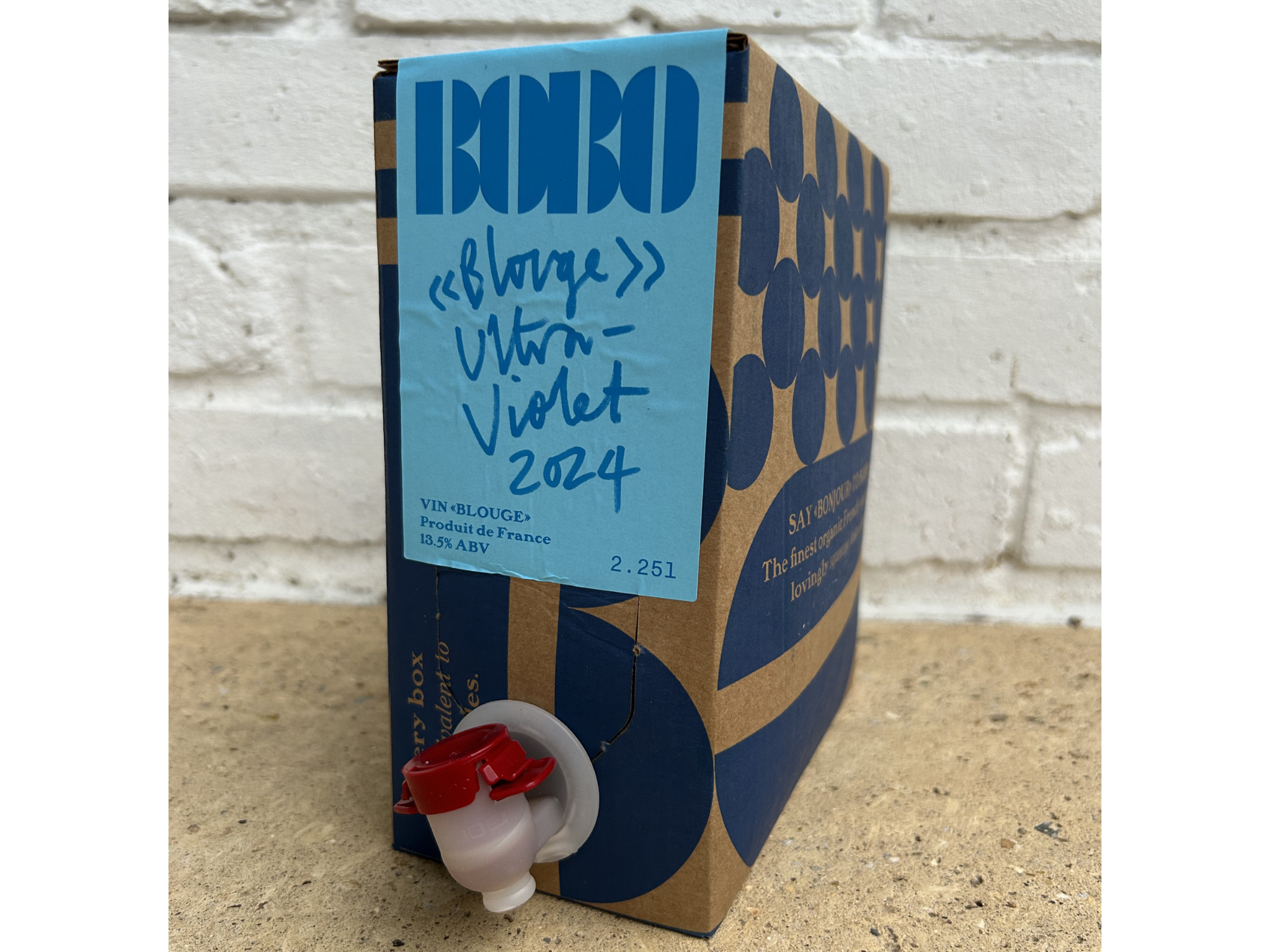
Boxed wines have had a real comeback in the past few years, and in a really premium form, as this Bobo option demonstrates. Though it looks like a hefty price, you get 2.25l, so it actually works out at about £16 for a 750ml wine bottle.
Buy now £49.00, Bobowines.co.uk
Sandridge Barton don’t feed the ponies furze
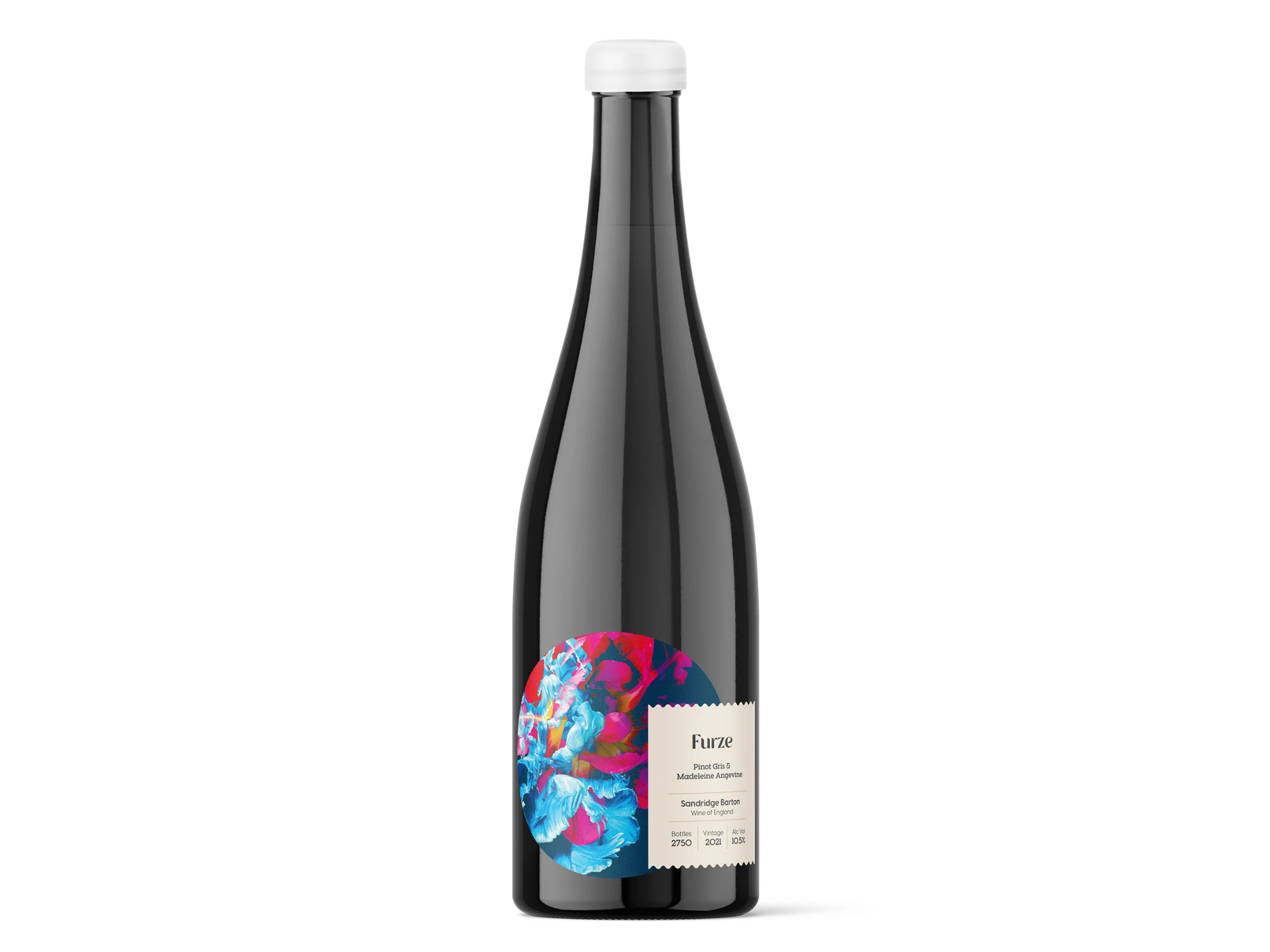
Best: Skin contact blend
ABV: 10.5%
Region: Devon, England
Biodynamic: Unspecified
Organic: Not certified
Vintage: 2021
Another wine from Sandridge Barton's excellent low-intervention range, and this one is very pale. Unlike the brand’s ‘little bee’ wine above, it's made with a blend of 60 per cent barrel-matured, skin-contact pinot gris grapes and 40 per cent madeleine angevine grapes, matured in stainless steel, hence the wine’s pale colour.
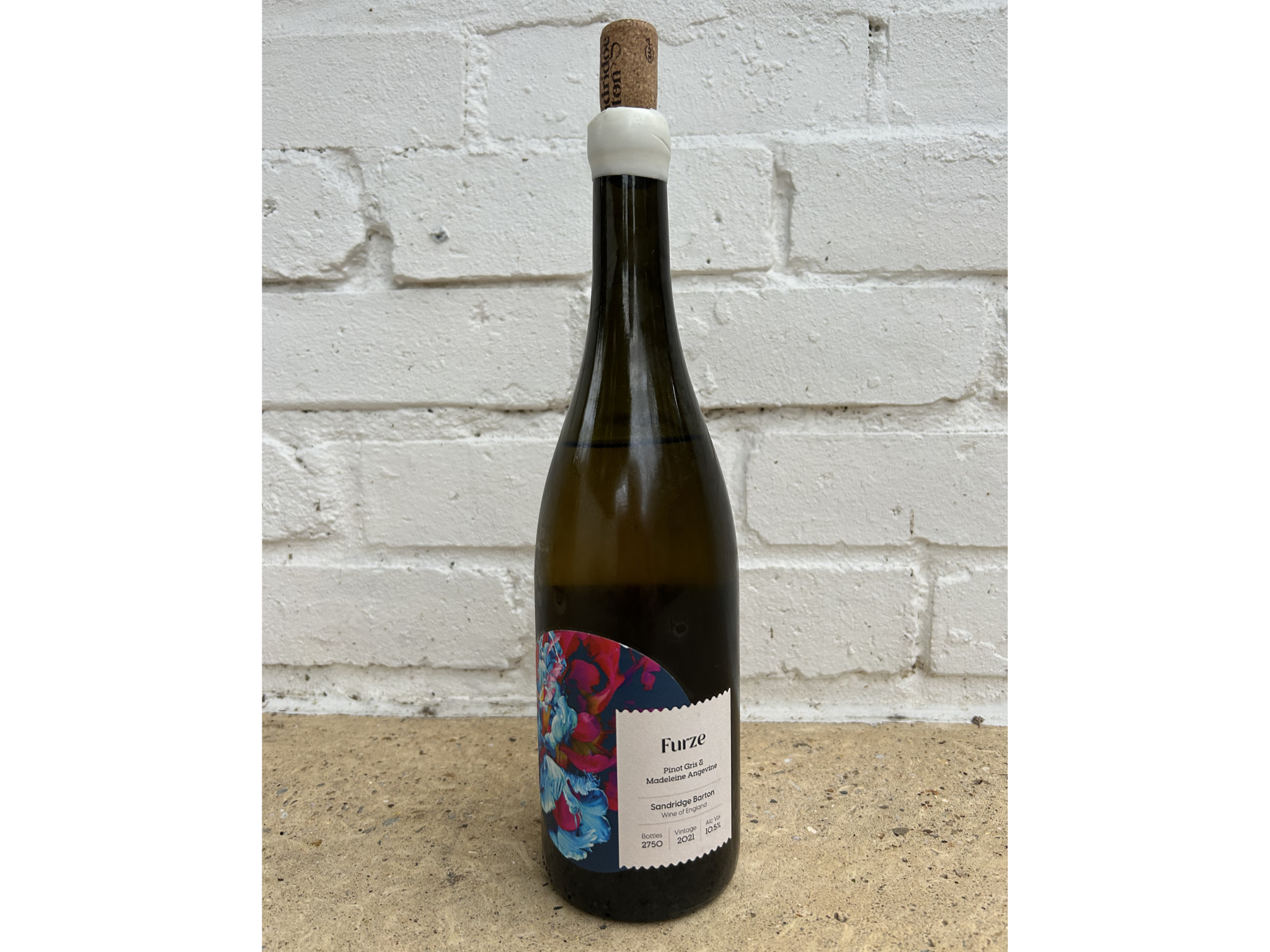
This is another great introduction to skin-contact wines, as it’s very approachable. It’s fruity but delicate, with plenty of zest on the palate from citrus fruits and a touch of gooseberry, finishing with a little salinity.
Buy now £24.00, Sandridgebarton.com
Mama skin contact grüner veltliner
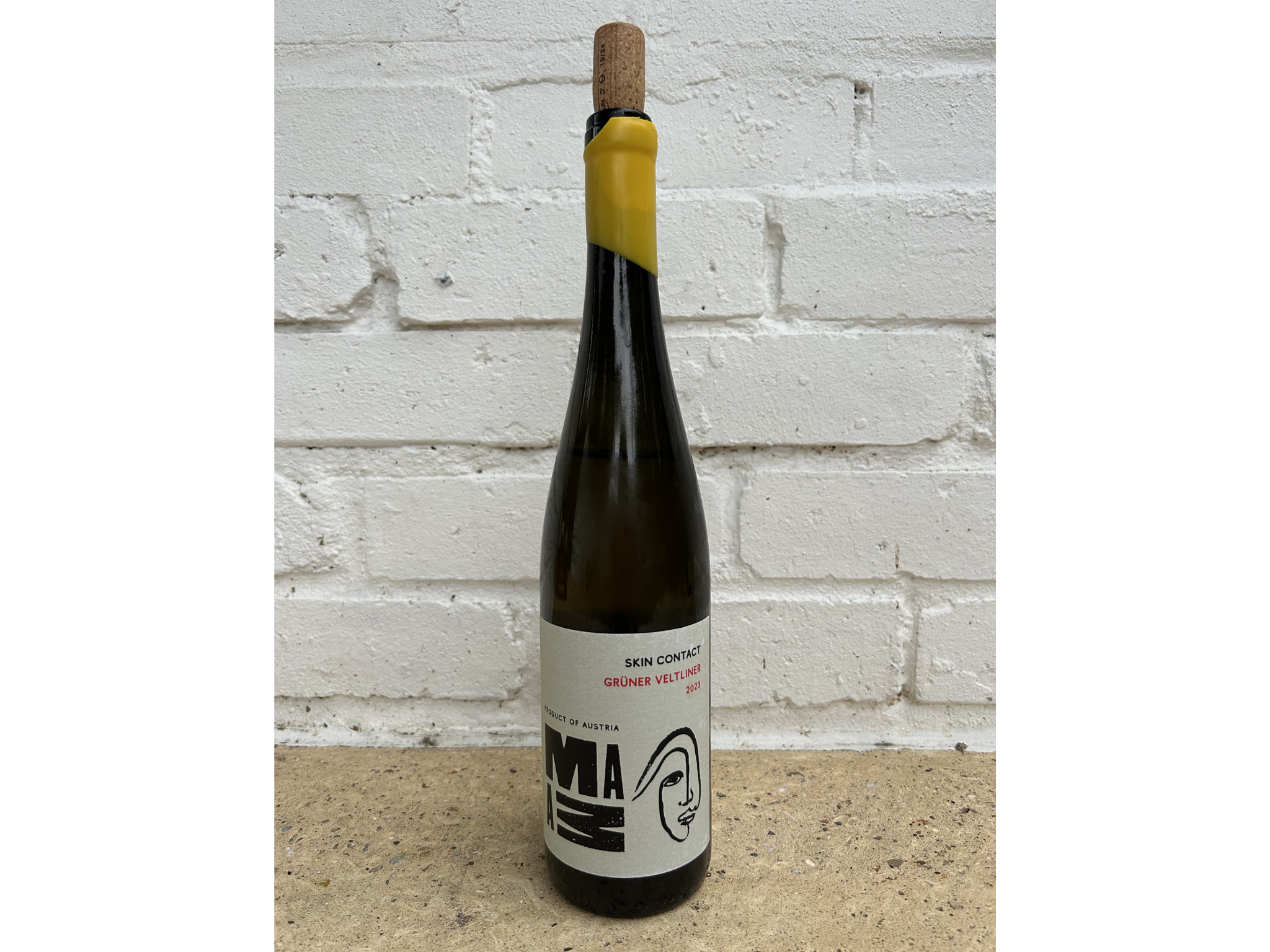
Best: Orange wine from Austria
ABV: 12%
Region: Austria
Biodynamic: Unspecified
Organic: Unspecified
Vintage: 2023
As one of the palest and most lemony-looking wines on this list, this is not an obvious skin-contact wine at first glance. Mama is the experimental wine range from Weingut Mama, a small batch range that also includes a pét nat, a rosé and a red.
Made with gruner grapes in a small vineyard outside Vienna, it has only had seven days of skin contact, which makes that pale colour. It's the most floral and herby on test, with very fresh aromas, including hints of crisp green apple as well as lemony notes on the nose and palate. I also love that it has a slight haze to it – a sign that it is unfiltered and more natural.
Buy now £25.99, Mjwinecellars.com
Artelium artefact #8 skinny gris
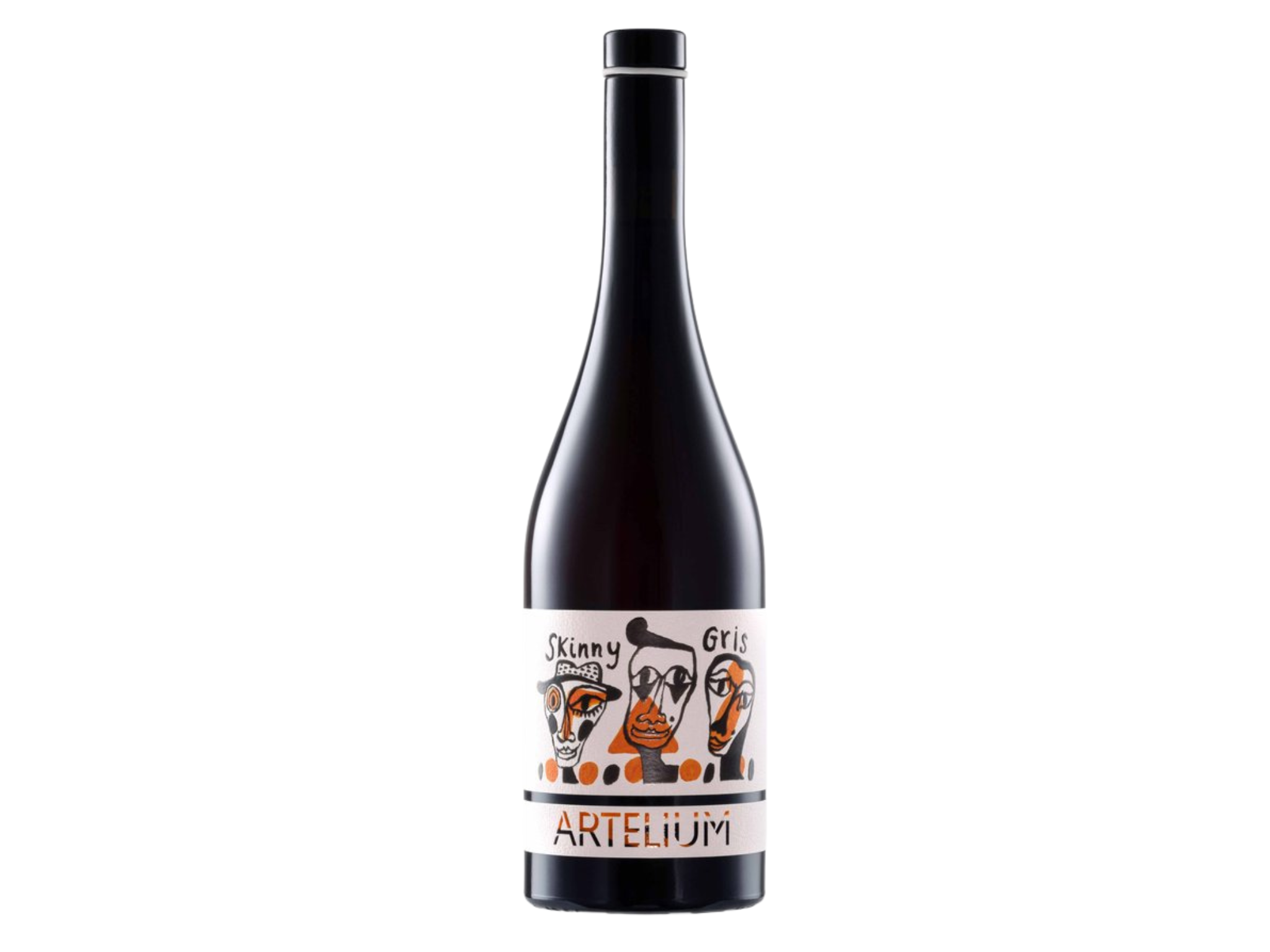
Best: Orange wine for red fruit flavours
ABV: 11.5%
Region: East Sussex, England
Biodynamic: No
Organic: No
Vintage: Unspecified
More like a dark rosé, rather than being amber-hued (owing to the use of gris grapes), this wine is heavy on red fruit aromas on the nose – it reminded me of fruits of the forest, with juicy notes of strawberry, raspberry and darker fruits. It's been aged in a barrel and has much more tannin than other wines on this list, too.
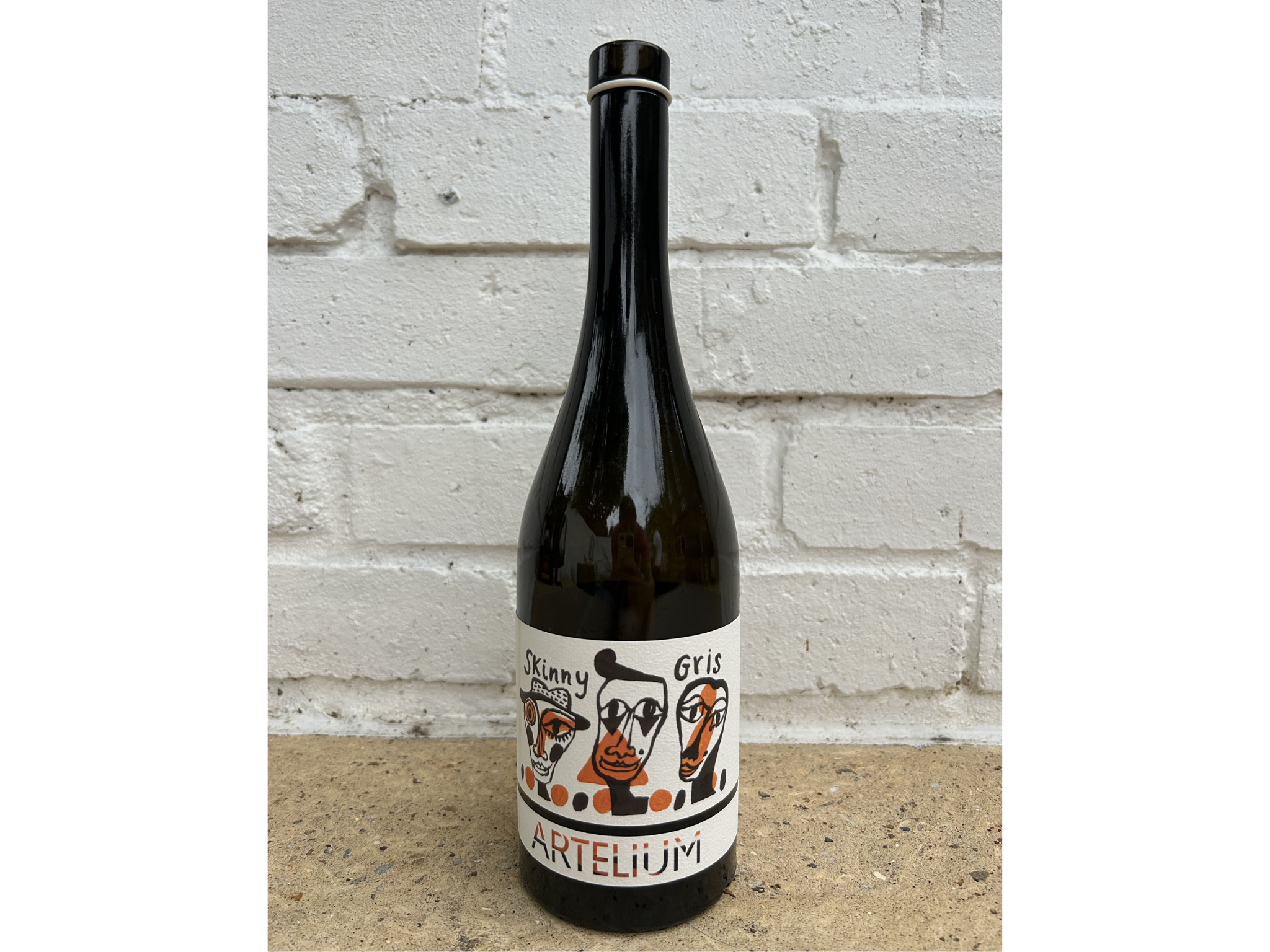
The Artelium vineyard opened in 2019 in East Sussex and is big on sparkling wines, but also has a range of more experimental vinos, such as this bottle. It's part of the ‘artefact’ range, but this bottle is just one of two skin-contact wines in it.
Buy now £30.00, Artelium.com
What is the best orange wine?
There has been a huge increase in the number of excellent orange and skin contact wines being produced, especially from British vineyards, making it hard to whittle down the options. However, there are some real standouts, with the Tillingham ortega orange wine coming out on top during testing. It is such an excellent production with big and bold flavours. If you’re tempted to try orange wines but want to spend a little less, the Lyrarakis Assyrtiko-Vidiano orange wine is another delicious option.
How is orange wine made?
These vinos are now cropping up more regularly on restaurant wine lists, often with at least a couple of options available. But the experimental category isn't as new as some people might think – it's actually the most traditional way of making wine. Using methods that have stood the test of time for some 8,000 years, white grapes are fermented on the skins (which gives them the amber-orangey hue) in qvevri (huge egg-shaped clay pots) that sit underground. Though some producers still use qvevri pots, most orange wines are now fermented in steel tanks, the bottle, or barrels.
Thirsty for more? Sommeliers reveal the best Whispering Angel rosé alternatives







